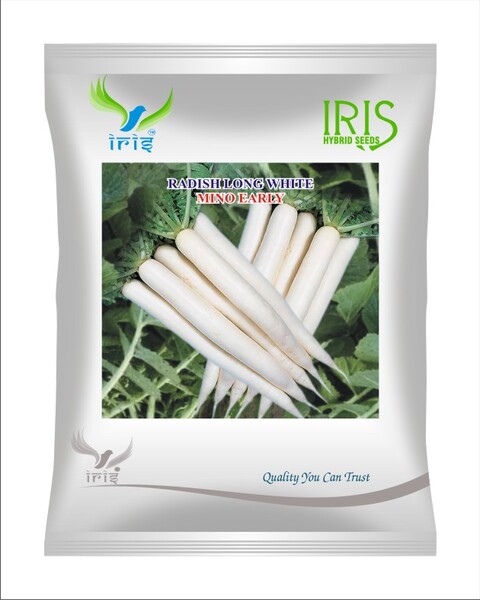MARIGOLD F1 BOLT(ORANGE)
-
The average seed rate of Marigold ranges from 500gm – 1 Kg/ acre.
- Marigolds are some of the most rewarding annuals you can grow. They’re low maintenance, they’re fast-growing, they repel pests, and they’ll provide you with bright, continuous color until the fall frost. Since they’re so popular, live plants are available at just about any garden center.
- But it’s a lot cheaper and more fun growing marigolds by seed. Keep reading to learn more about how to plant marigold seeds. When to Sow Marigolds When to sow marigold seeds really depends upon your climate. Planting marigold seeds at the right time is important.
- Marigolds are very frost sensitive, so they should not be sown outdoors until all chance of frost has passed. If your final frost date is late, you’ll really benefit from planting marigold seeds indoors 4 to 6 weeks before the last frost.
- How to Plant Marigold Seeds If you’re starting indoors, sow the seeds in a well-draining, rich soilless growing medium in a warm place. Scatter the seeds on top of the mix, then cover them with a very fine layer (less than ¼ inch (0.5 cm.)) of more medium.
- Marigold seed germination usually takes 5 to 7 days. Separate your seedlings when they’re two inches (5 cm.) tall. When all chance of frost has passed, you can transplant your marigolds outside.
- If you’re planting marigold seeds outdoors, pick a location that receives full sun. Marigolds can grow in a variety of soils, but they prefer rich, well-draining soil if they can get it.
- Scatter your seeds on the ground and cover them with a thin layer of very fine soil. Water gently and regularly over the next week to keep the soil from drying out. Thin your marigolds when they’re a few inches (7.5 to 13 cm.) high. Short varieties should be spaced a foot (0.5 m.) apart, and tall varieties should be 2 to 3 feet (0.5 to 1 m.) apart.















Reviews
There are no reviews yet.